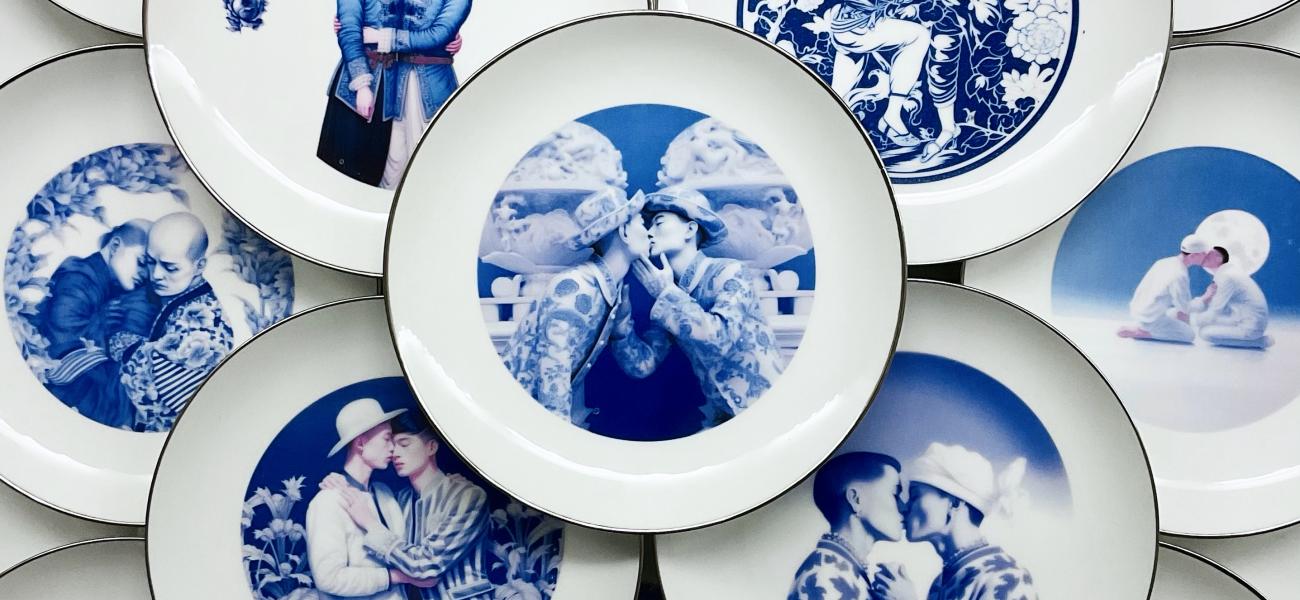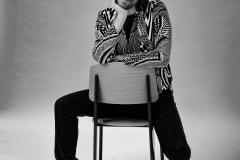Abstract
Twenty-first-century society is fixated on the concept of "reality," propelled by an increasing concern about fake news and the relentless pressure for authenticity in ourselves, objects, and culture. Despite the current politicization of artificial intelligence (AI), I argue that AI functions as a tool that is an evolution from the genre of hyperreality that both amplifies and shapes our understanding of what is deemed “real” and “true.”
This essay will go into the fascination of how we authenticate objects and culture as “real” and how new technologies – AI – have pushed our perception. The anchor and positioning of this argument will be in objecthood and material culture through my own lens as a potter and ceramic artist, as it has given me insight into the creation of objects from a material so keen on shape-shifting as well as an understanding of how objects migrate through the world. I will use the framework of art, craft, and design,[1] as it might be more apt for those interested in the artistic implications of technology rather than its uses in politics.[2] Throughout this text, I use a combination of words that may seem synonymous with each other, but I have tried to use them in categorically different ways. The use of “reality” and “truth” will be considered, and I hope to define the hierarchy between the two: my ideas are rooted in ontology and metaphysics, which I denote as "reality" through many different modes, including objecthood, while the term "truth" serves as a subset of reality where it is the presumed definition of the subject in question. A further explanation of reality is “concreteness” as defined in metaphysics. Additionally, it is good to note a distinction between hyperreality and hyperrealism, with the former being a theory of being and the latter a genre of art; both may be relevant, though the framing should be seen through hyperreality.
The Social Politics of Reality


